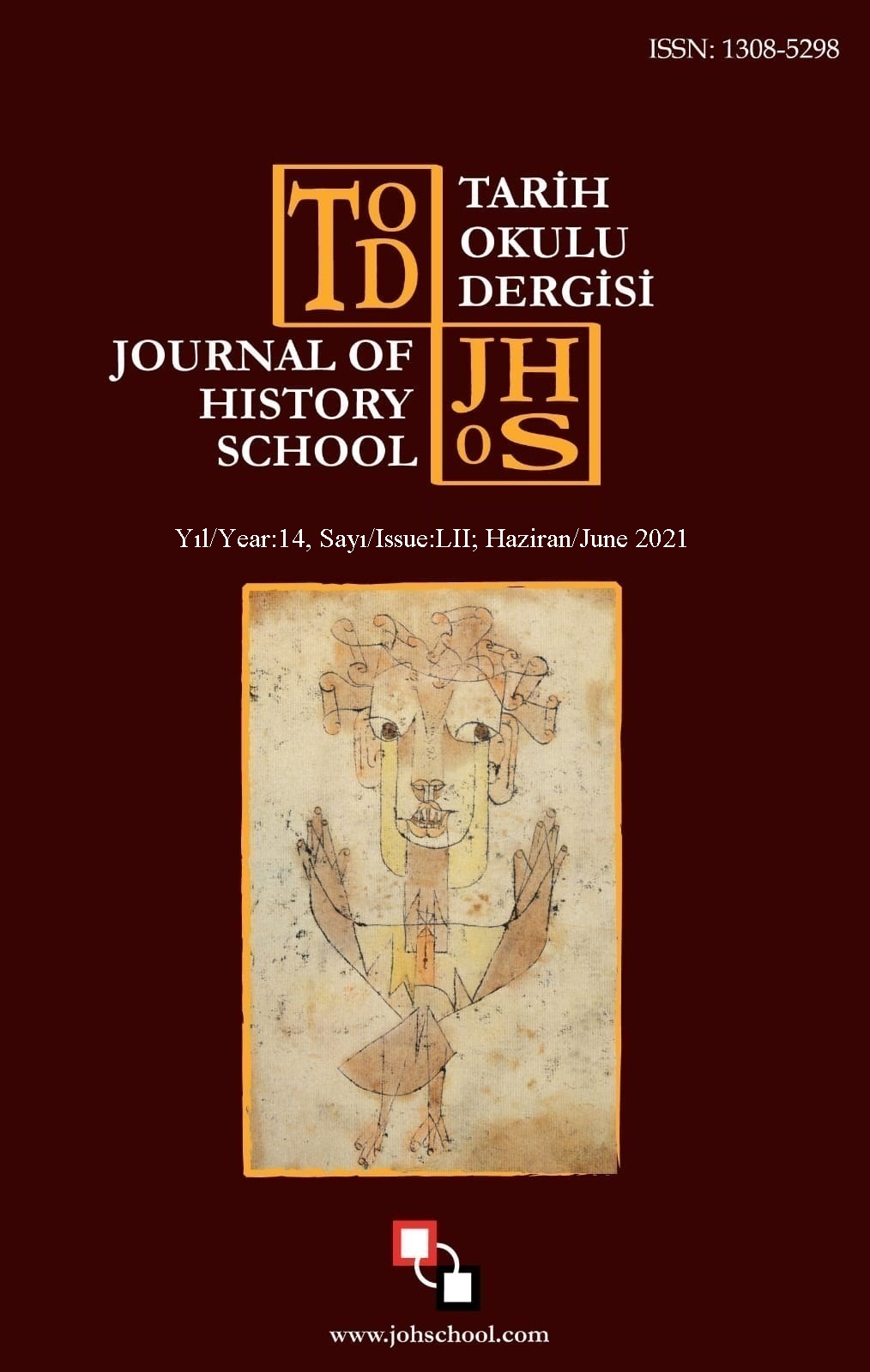Author :
Abstract
Bu araştırmanın amacı öğretmen adaylarının akıllı telefon bağımlılığının çeşitli değişkenler açısından incelenmesidir. Bu amaçla yürütülen çalışmaya 472’si kadın ve 152’si erkek olmak üzere 624 kişi katılmıştır. Araştırmada kullanılan veri toplama araçları demografik bilgi formu ve akıllı telefon bağımlılığı ölçeğidir. Demografik bilgi formu öğretmen adaylarının cinsiyet, bölüm, sınıf, gelir düzeyi, anne eğitim durumu, baba eğitim durumu, barınılan yer, akıllı telefon kullanma amacı, sosyal medya hesabı sayısı, akıllı telefonun günde ortalama kullanma süresi ve yılda ortalama akıllı telefon değiştirme miktarı belirlenmeye çalışılmıştır. Ayrıca Kwon ve arkadaşları (2013) tarafından geliştirilen ve Türkçeye uyarlanma çalışması Demirci ve arkadaşları (2014) tarafından yapılan Akıllı Telefon Bağımlılığı Ölçeği kullanılmıştır. Ölçeklerin ortaya koyduğu sayısal veriler parametrik olduğundan ikili karşılaştırmalar için t testi, ikiden fazla değişken arasındaki karşılaştırmalarda ise varyans analizi (Anova-Oneway) uygulanmıştır. Karşılaştırmalarda anlamlılık düzeyi .05 olarak alınmıştır. Anlamlı farklılığın olduğu durumlarda gruplar arası anlamlı farklılığı belirlemek amacıyla LSD testi tekniği uygulanmıştır. Verilerin çözümlenmesi SPSS paket programı ile gerçekleştirilmiştir. Analizler sonucunda cinsiyet, bölüm, sosyal medya sayısı ve akıllı telefonu günde ortalama kullanım süresi ile akıllı telefon bağımlılığı arasında anlamlı farklılık olduğu sonucuna varılmıştır. Sınıf, gelir düzeyi, anne- baba eğitim durumu, barınılan yer, sosyal medya sayısı ve yılda ortalama akıllı telefon değiştirme miktarı arasında anlamlı farklılık bulunmamıştır. Akıllı telefon kullanım amaçları incelendiğinde, katılımcıların çoğu bilgi alma, sosyal medya, alışveriş, ulaşım ve oyun seçeneklerinin hepsini kullanım amacı olarak belirtilmektedirler.
Keywords
Abstract
The aim of this study is to analyze the teacher candidates’ smartphone dependence in terms of various variables. A total 624 people participated in this study of which 472 were female and 152 were male. Data collection tools used in this study; demographic information form and a smartphone scale. With the demographic information were tried to be determined form, gender, department, class, income level, mother education status, father education status, sheltered place, smartphone usage tool of teacher candidates number of social media accountts, average daily usage time of smartphone and average amount of smartphone change per year. In addition, The smartphone scale developed by Know and his friends (2013) and adaptation to Turkish made by Demirci and his firends (2014). Since the numerical data revealed by the scales are parametric, t test was used for binary comparisons and variance analysis (Anova-Oneway) was used for comparisons between more than two variables. The significance level was taken as .05 in comparisons. In cases where there is a significant difference, LSD test technique was applied to determine the significant difference between the groups. Data analysis was carried out with the software package SPSS . As a result of the analysis; It was concluded that there was a significant difference betweeen the number of gender, department, social media and smartphone dependence with the average usage time of the smatphone day. There were no significant differences between the level of class, income level, parental education status, housing, socail media number and average smartphone replacement per year. When the purpose of using smartphone is examined most of the participants are mentioned in information, social media, shopping , transportation, and play options.





